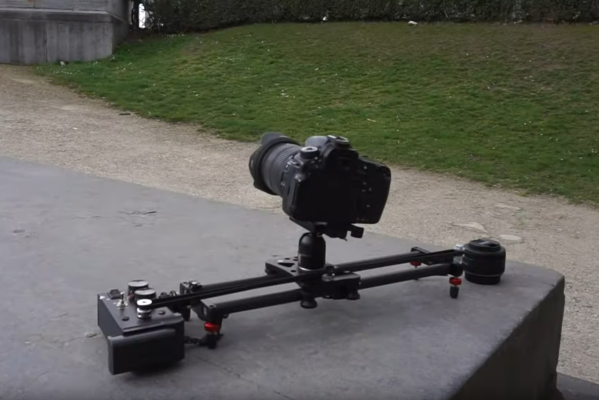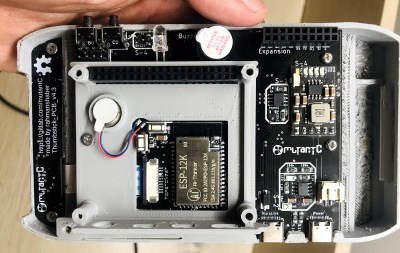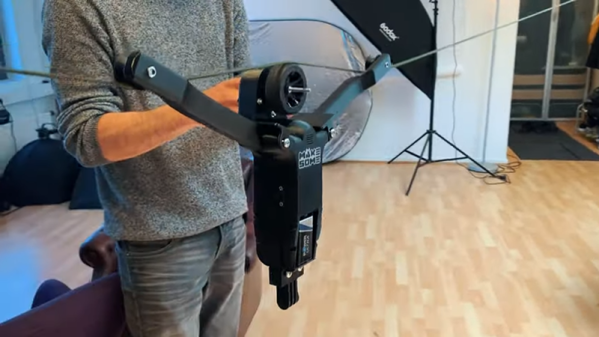Camera sliders are a popular project for makers—especially those who document their projects on video. They’re fun and accessible to build, and they can really create some beautiful shots. [Lechnology] set about to follow in this fine tradition and built a rather capable example of his own. Check it out in the video below.
The slider relies on V-slot rails, perhaps most familiar for their heavy use in modern 3D printers. The rails are paired with a 3D-printed camera carriage, which runs on smooth rubber rollers. A chunky stepper motor provides drive via a toothed belt. Trinamic motor controllers were chosen for their step interpolation feature, making the motion much smoother.
The slider doesn’t just move linearly, either. It can rotate the camera, too, since it has an additional motor in the carriage itself. In a nice retro touch, the wires for this motor are run with an old coiled telephone cable. It’s perfect for the job since it easily extends and retracts with the slider’s motion. Controlling everything is an Arduino, with speed and rotational modes set via a tiny screen and a rotary encoder control.
It’s a very complete build, and it performs well too. The video it produces is deliciously smooth. We’ve featured some other great camera sliders over the years, too. If you want to dig into Trinamic drivers, we can get you started.
Continue reading “DIY Camera Slider Moves And Rotates For Slick Shots”





















